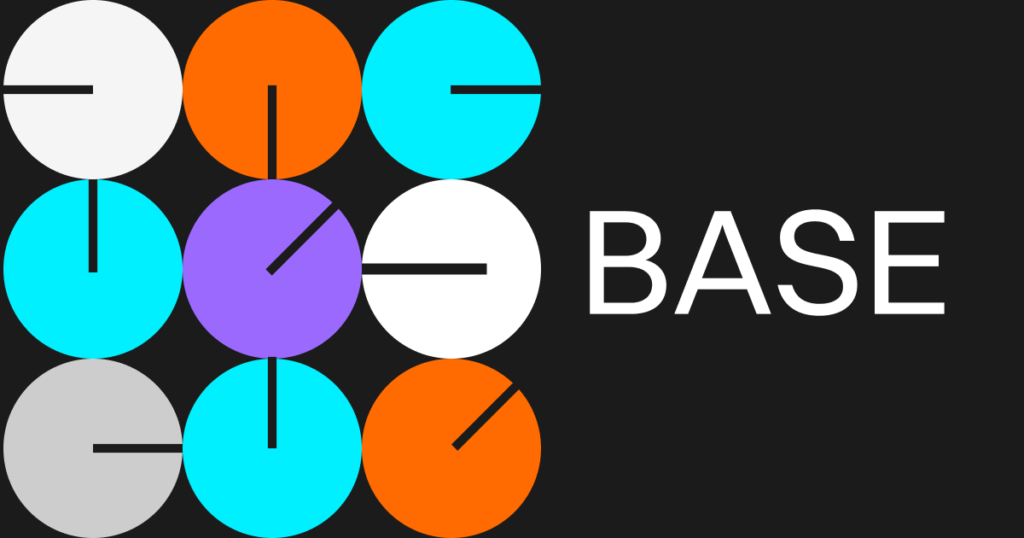How to Launch Your Own Cryptocurrency on Base in 2024 – The Ultimate Guide
Ready to learn how to launch your own cryptocurrency on Base in 2024? This comprehensive guide will walk you through each crucial step, from understanding the Base blockchain platform to deploying and managing your token. By the end, you’ll have the knowledge and tools to successfully create and launch your cryptocurrency.
Key Takeaways
- Base blockchain offers scalable, cost-efficient cryptocurrency launching, significantly lowering transaction costs and enhancing compatibility with the Ethereum ecosystem.
- Proper setup of digital wallets, smart contracts, and token features is crucial for ensuring the security and functionality of a new cryptocurrency before deploying on the Mainnet.
- Engaging in thorough testing, professional assistance, and effective promotion strategies are essential for the successful launch and long-term management of a cryptocurrency project.
Understanding Base Blockchain

The backbone of any cryptocurrency is the own blockchain on which it operates. Blockchain technology functions as a distributed network, where data is stored across multiple devices, ensuring security and immutability. This decentralized nature means transactions cannot be reversed, delayed, duplicated, hidden, or altered, fostering a high level of trust and reliability.
Base is a blockchain platform designed to enhance these inherent benefits of blockchain technology. Leveraging existing blockchain infrastructure, Base provides a scalable and cost-efficient environment for launching your own cryptocurrency. It significantly lowers transaction costs compared to other blockchain networks, which can be up to ten times higher.
One of the standout features of Base is its compatibility with the Ethereum Virtual Machine (EVM). This means that developers can deploy applications on Base without major modifications, benefiting from the extensive resources and tools available in the Ethereum ecosystem. Additionally, Base utilizes an Optimistic rollup mechanism, processing most transactions off-chain to reduce congestion and speed up transaction times.
Grasping the nuances of Base and its integration with existing blockchain networks helps refine project ideas and align them with market needs. This foundational knowledge aids both the technical aspects of token creation and strategic decision-making for a successful cryptocurrency launch.
Choosing Base means adopting a blockchain network and joining a broader ecosystem that supports decentralized finance applications, Ethereum tokens, and non-fungible tokens (NFTs). This versatility makes Base an ideal platform for innovative crypto projects.
Setting Up Your Digital Wallet
A digital wallet is your gateway to the world of cryptocurrencies, acting as a secure place to store your digital assets and manage cryptocurrency transactions. Choosing a reliable wallet provider is crucial, as different wallets offer distinct features and security measures to protect your funds. Always ensure you download wallet applications from official sources to avoid potential security risks.
When selecting a wallet, consider one that supports multiple cryptocurrencies, as this provides flexibility if you plan to hold various digital assets. Evaluating the customer support and responsiveness of the wallet provider can also be vital, especially when troubleshooting issues that may arise.
Securing your private keys is imperative since they act like passwords, granting access to your funds. Implementing strong password policies and using password managers can enhance the overall security of your cryptocurrency accounts. It’s also essential to ensure your wallet has sufficient funds to cover network and service fees, especially when deploying your token on the Base Mainnet.
Connecting your wallet to the Base network is essential in the cryptocurrency creation process. This step ensures all transactions, from token creation to deployment, are executed on the same network, maintaining consistency and reliability. Finally, remember that gas and service fees must be paid prior to confirming the deployment transaction, so always keep an eye on your wallet’s balance.
Setting up a digital wallet may seem daunting at first, but with just a few clicks, you can secure your digital currency and pave the way for creating your own crypto coin that meets your vision and goals in the realm of virtual currency.
Selecting a Consensus Mechanism
Choosing the right consensus mechanism is a critical decision in the process of launching your own cryptocurrency. Consensus mechanisms are protocols that ensure all transactions on the blockchain are verified and agreed upon by the network participants. The most common mechanisms are Proof of Work (PoW) and Proof of Stake (PoS), each with its own set of advantages and challenges.
Proof of Work requires significant investment in mining equipment and energy, making it less energy-efficient but highly secure. On the other hand, Proof of Stake offers a more sustainable alternative by eliminating the need for extensive computational power. In PoS, validators are selected based on the amount of cryptocurrency they have staked, reducing network congestion and enhancing transaction speed.
One of the primary benefits of PoS is its economic model, which makes it disadvantageous for individuals to attack the network. Validators must stake their own cryptocurrency, and any malicious activity could result in significant financial loss. This mechanism also involves multiple validators confirming transactions, thereby enhancing security through collective agreement.
Thorough research is essential when selecting a consensus mechanism for your project. Factors such as energy efficiency, security, and the specific needs of your cryptocurrency should guide your decision. Whether you choose PoW for its robustness or PoS for its efficiency, the final step should always align with your project’s goals and the broader vision of your decentralized autonomous organizations.
Understanding these mechanisms and their implications will help you build a resilient and efficient blockchain network, setting a strong foundation for your cryptocurrency.
Choosing the Right Token Standard
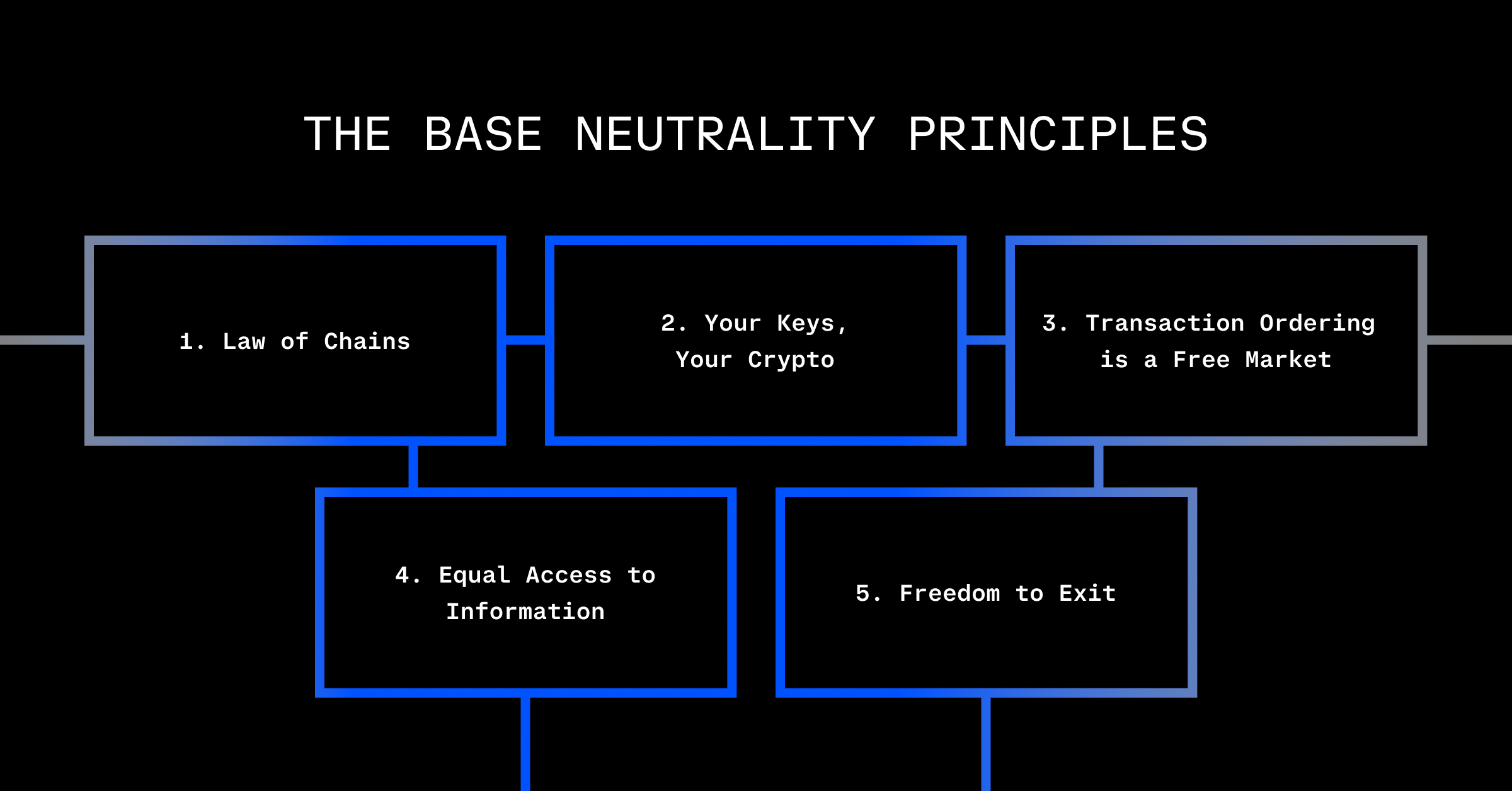
Selecting the appropriate token standard is vital for the functionality and success of your cryptocurrency. Token standards are sets of rules that dictate how tokens operate on a blockchain platform, ensuring compatibility and efficiency. The most widely used standards are ERC-20 and ERC-721, each serving different purposes.
ERC-20 tokens are fungible, meaning they are interchangeable and identical, making them ideal for transactions and cryptocurrencies. These tokens can also be divided into smaller units, which is beneficial for precise value transactions. On the other hand, ERC-721 tokens are non-fungible, representing unique digital assets such as art and collectibles. This standard is perfect for projects that require ownership verification of unique items.
When choosing a token standard, it’s essential to consider your project’s specific needs and objectives. Factors like functionality, regulatory compliance, and community support play a crucial role in this decision. A well-supported token standard can enhance reliability and provide access to additional resources, which can be invaluable during the development and deployment stages.
Token features will vary based on the chosen standard, so it’s important to align these features with your project’s goals. Whether you’re creating a cryptocurrency for transactions or developing non-fungible tokens for unique assets, selecting the right token standard is a fundamental step in the token creation process.
By understanding the differences and applications of these standards, you can make an informed decision that best suits your project’s vision and requirements.
Writing Your Smart Contracts
Smart contracts are the backbone of any cryptocurrency project, acting as digital agreements that execute predefined rules on the blockchain. These contracts are written in programming languages like Solidity, which is primarily used on the Ethereum blockchain. Smart contracts automate processes, making them essential for creating crypto tokens.
When writing smart contracts, it’s crucial to ensure they are secure and efficient. Using explicit visibility specifiers for functions and variables helps control access, preventing unauthorized actions. Employing libraries like SafeMath is important to avoid arithmetic operations that could lead to overflows or underflows. Additionally, maintaining smaller, modular contracts can help avoid exceeding the maximum size limits of the Ethereum Virtual Machine.
For those who may not have advanced coding skills, tools like Token Tool can simplify the process. Token Tool handles technical complexities, allowing you to focus on the features and rules you want to implement in your smart contract. However, it’s important to remember that once a token is deployed using Token Tool, its smart contract code cannot be altered, so careful feature selection is imperative.
Conducting independent audits of your smart contracts enhances credibility and trust with potential exchanges and users. Using static analysis tools like Slither and Mythril can help identify vulnerabilities before deployment. Dynamic analysis, which involves testing contracts in controlled environments, uncovers issues that static analysis might miss.
Lastly, engaging a professional security audit team can provide an in-depth review of your smart contracts, ensuring they are free from logical errors and vulnerabilities. This step is essential for maintaining the integrity and security of your cryptocurrency project.
Configuring Token Features
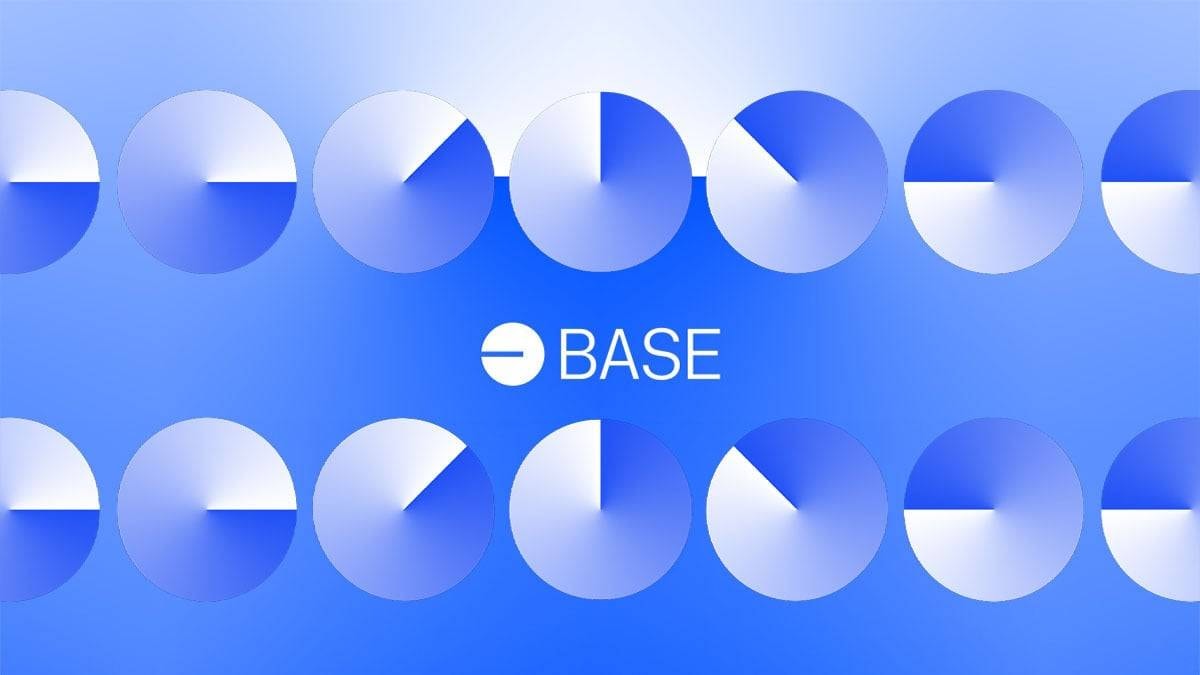
Configuring your token’s features is a crucial step in the token creation process. Using tools like Token Tool, you can define essential properties such as the token name, symbol, initial supply, and decimals. These basic attributes are the building blocks of your token, providing it with identity and value.
One of the advantages of Token Tool is its user-friendly interface, which simplifies the technical aspects of creating a token. The process resembles filling out a form, making it accessible even to those with limited technical knowledge. You can also activate specific features like implementing a burn rate for deflationary tokens, which can help control the token’s supply and value.
Additional features can be incorporated into your token depending on your project’s needs. For example, you might want to include governance capabilities, allowing token holders to participate in decision-making processes. Token Tool supports a variety of blockchain networks, offering flexibility in token creation based on user needs.
Configuring these features correctly ensures that your token meets your project’s requirements and functions as intended. Considering both the immediate and future needs of your project when defining these attributes is important. Whether you’re creating a simple transactional token or a complex governance token, the right configuration can significantly impact your project’s success.
By carefully configuring your token’s features, you can create a robust and functional digital asset that aligns with your project’s goals and vision.
Testing Your Token on Base Testnet
Before deploying your token on the mainnet, thorough testing on a testnet is essential. Testnets, such as the Polygon Mumbai testnet, mirror mainnet conditions, allowing you to test and debug your token’s features without risking real assets. This step is crucial for enhancing security and preventing vulnerabilities.
Deploying your token on a testnet helps gather feedback on its design and functionality. It provides an opportunity to identify and fix any issues that may arise, ensuring a smooth launch on the mainnet. Tools like Token Tool can be used for testing token features, making the process efficient and straightforward.
One of the benefits of using a testnet is the ability to cover gas and service fees with faucet coins. This allows you to conduct extensive testing without incurring significant costs. Ensuring your wallet is connected to the same network is also important, as it maintains consistency throughout the testing process.
By conducting thorough testing, you can refine your token and ensure it meets all necessary standards and requirements. This process enhances the security and functionality of your token while building confidence among potential users and investors.
Testing on a testnet is a vital part of the token creation process, providing a controlled environment to perfect your token before its official launch.
Deploying Your Token on Base Mainnet
With thorough testing completed, the next step is deploying your token on the Base Mainnet. This involves compiling and running deployment commands through tools like Hardhat, which are essential for token deployment. Creating an application on Alchemy to generate a node for deployment is also necessary, ensuring a smooth and efficient process.
Before confirming the deployment, you must ensure your wallet has sufficient funds to cover the necessary gas and service fees. Once the transaction is confirmed in your wallet, the deployment process can proceed. This step marks the transition from testnet to mainnet, making your token operational and available for use on the Base network.
Deploying your token on Base provides a solid foundation for your cryptocurrency. The platform’s lower transaction costs and faster transaction speeds enhance the efficiency and scalability of your token, making it an attractive option for users and investors. Ensuring a successful deployment is crucial for the long-term success of your cryptocurrency project.
Following these steps allows you to confidently launch your token on the Base Mainnet, leveraging the platform’s robust features and capabilities to achieve your project goals.
Listing Your Token on Exchanges
Once your token is successfully deployed on the Base Mainnet, the next step is to list it on cryptocurrency exchanges. This is crucial for increasing liquidity, accessibility, and attracting users and investors. The process of getting listed involves several steps, starting with preparing thorough documentation.
A comprehensive whitepaper and legal documents are essential for a successful exchange application. These documents provide detailed information about your project, its purpose, and the technology behind it. They also demonstrate your commitment to transparency and regulatory compliance, which can significantly improve your listing prospects.
Building strong relationships with exchanges and influential trading firms can also enhance your chances of getting listed. Networking and engaging with these entities can provide valuable insights and support during the application process. Additionally, having a robust marketing strategy that includes social media and influencer engagement can help promote your token effectively.
Applying to multiple exchanges simultaneously can increase your chances of being listed. Each exchange has its own criteria and process, so it’s important to understand their requirements and tailor your application accordingly. Assistance from professional teams like Hivelance can ensure your token meets the necessary requirements for listing on reputable exchanges.
Listing your token on exchanges is a significant milestone in your cryptocurrency journey. It not only enhances market visibility but also provides a platform for trading and increasing your token’s market value.
Promoting Your New Cryptocurrency
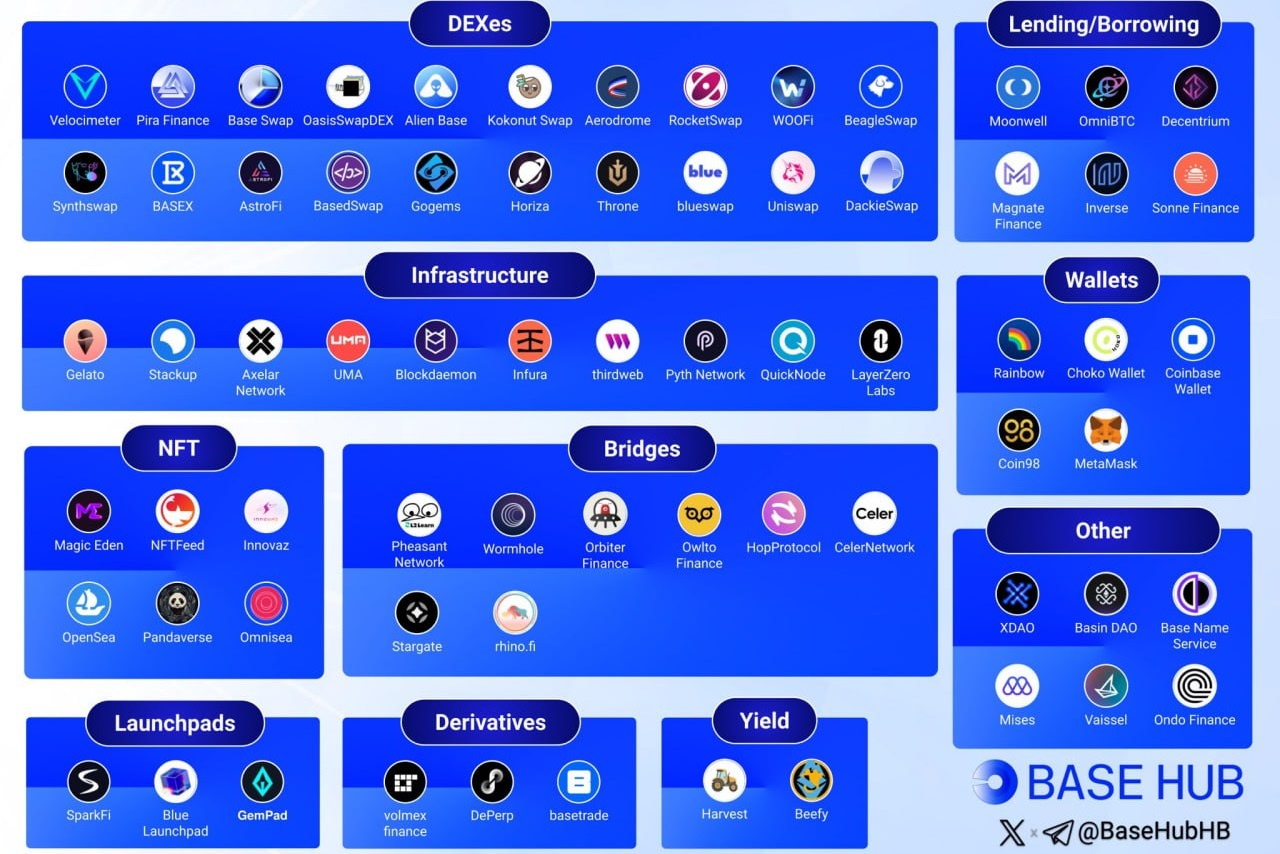
Promotion plays a crucial role in the success of your new cryptocurrency. It is essential to effectively market it to gain traction. Building a community around your project helps in developing, improving, and promoting it. Engaging directly with your audience through comments and discussions strengthens relationships and promotes brand loyalty.
Establishing clear marketing objectives is crucial for measuring the success of your cryptocurrency project. A well-defined marketing plan should include social media promotion, targeted advertising, and integrating an expert marketing team. High-quality content, including insights, infographics, and videos, can significantly increase audience engagement.
Using multiple social media platforms like Telegram, Twitter, Discord, and Instagram allows you to reach a broader audience and engage with them effectively. Campaigns that drive audience participation can enhance community engagement around your crypto projects. Promoting achievements and milestones on social media can foster credibility and build trust within the cryptocurrency community.
Identifying a unique feature of your project can increase its market value and attract more users. Focusing on what sets your cryptocurrency apart helps create a compelling narrative that resonates with your target audience.
Promotion is not just about visibility; it’s about building a loyal community that believes in your project and supports its growth. With the right marketing strategies, you can ensure your cryptocurrency stands out in the competitive market.
Managing and Upgrading Your Token
Once your token is live, managing and upgrading it is an ongoing process. Strong security measures are essential to prevent potential hacks and protect user funds. Developing an incident response strategy is vital for addressing any security breaches quickly and effectively.
Utilizing comprehensive monitoring tools helps in detecting unusual activities that may signal a security threat. Regular software updates for wallets and smart contracts are crucial for eliminating vulnerabilities. Conducting regular security audits can help identify gaps in the security measures protecting your cryptocurrency.
Continuous user education helps them recognize security threats and stay informed about safe practices. Keeping your community updated about potential risks and security measures can build trust and ensure the long-term success of your project.
Engaging continuous technical support from experts is vital for maintaining and updating cryptocurrency projects and ensuring the success of your crypto project as technology advances. Staying proactive and vigilant ensures your token remains secure, functional, and relevant in the evolving crypto landscape.
Benefits of Launching on Base
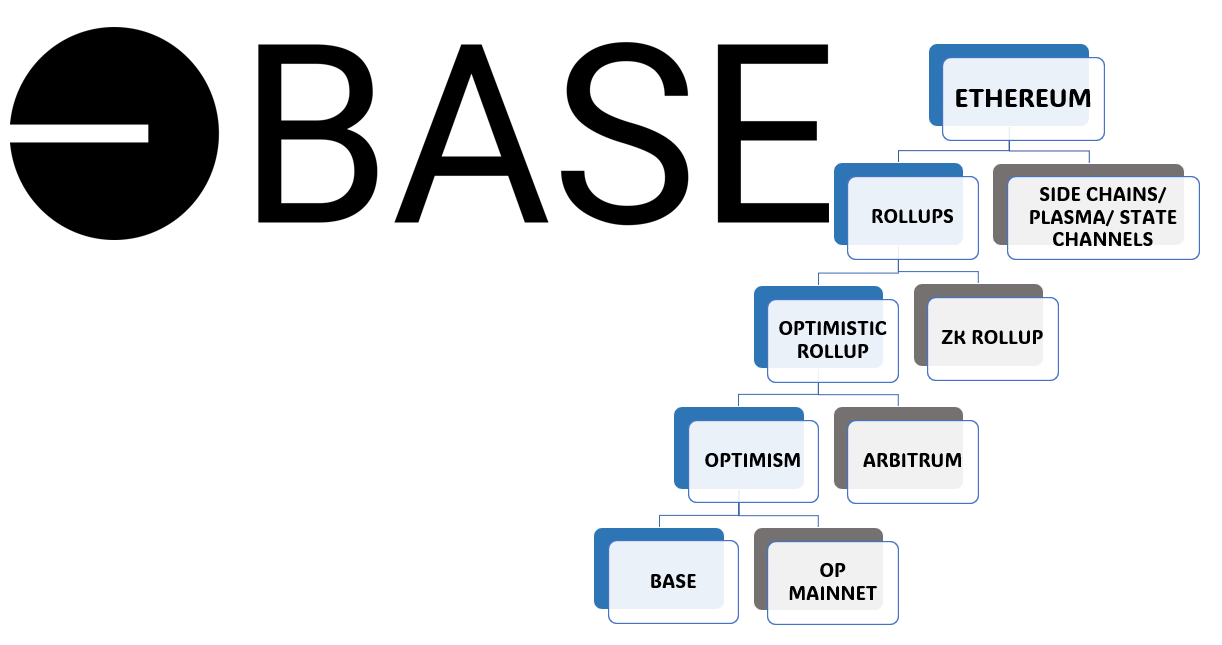
Launching your cryptocurrency on the Base blockchain offers several significant benefits. Base’s transaction costs are up to ten times lower than those on the Ethereum mainnet, allowing developers to save significantly on fees. This cost-efficiency is a major advantage for projects with high transaction volumes or those looking to maximize their budget.
Base is designed as a Layer-2 blockchain to enhance Ethereum’s capabilities by offering faster transaction speeds. The network utilizes an Optimistic rollup mechanism to handle most transaction processing off-chain, alleviating congestion and speeding up transaction times. This makes Base an attractive platform for projects requiring high throughput and scalability.
Another key benefit is Base’s compatibility with the Ethereum Virtual Machine, enabling developers to deploy their applications without major modifications. This compatibility provides access to a broader ecosystem of tools and resources, supporting the development of decentralized finance applications and non-fungible tokens.
Launching on Base provides a solid foundation for success, positioning your project to reach a broader audience and achieve its full potential.
Professional Assistance for Crypto Projects
Seeking professional assistance can make a significant difference in the success of your cryptocurrency project. Hiring a smart technology partner with experience in future technologies is essential for creating a reliable and compliant token. A professional token development company can offer expert guidance, ensuring a reliable token launch and helping maintain compliance with laws.
Compliance is crucial when creating tokens. It ensures that the token structure aligns with relevant laws. Abiding by international cryptocurrency laws ensures that your cryptocurrency adheres to regulations, avoiding legal pitfalls. An external audit team can analyze your project and assess best practices for ensuring legitimacy.
A professional security partner offers expertise in managing the security of token projects. Companies like Hivelance offer comprehensive services for effective project execution, ensuring security and reliability.
Hiring professional assistance helps check code functionality, prevent technical issues, and ensure your project meets all necessary requirements. This support is invaluable for navigating the complex landscape of cryptocurrency development and achieving a successful launch.
Summary
Creating and launching your own cryptocurrency on the Base blockchain is a multi-faceted journey, but with the right guidance, it can be a rewarding endeavor. From understanding the Base blockchain’s advantages to setting up a secure digital wallet, choosing the right consensus mechanism, and configuring your token’s features, each step is crucial to your project’s success.
Testing your token on a testnet, deploying it on the mainnet, and listing it on exchanges are essential milestones that require careful planning and execution. Promoting your cryptocurrency and engaging with your community are key to building a loyal user base and driving adoption.
Managing and upgrading your token ensures its long-term success, while seeking professional assistance can provide the expertise and support needed to navigate the complexities of cryptocurrency development. By leveraging the benefits of Base, you can achieve a successful launch and position your project for growth in the competitive cryptocurrency market.
Embark on your journey with confidence, knowing that you have the tools and knowledge to create a cryptocurrency that stands out and makes an impact.
Frequently Asked Questions
Why should I choose the Base blockchain for my cryptocurrency?
Choosing the Base blockchain is advantageous due to its lower transaction costs, faster speeds, and enhanced scalability. Its compatibility with the Ethereum Virtual Machine also facilitates effortless application deployment.
What is the importance of testing my token on a testnet?
Testing your token on a testnet is crucial as it simulates mainnet conditions, enabling you to identify and rectify potential issues, thereby enhancing security and minimizing vulnerabilities before the official launch.
How do I secure my digital wallet?
To secure your digital wallet, select a reputable wallet provider, safeguard your private keys, and establish strong password practices. This will enhance your security and protect your funds effectively.
What are the benefits of listing my token on exchanges?
Listing your token on exchanges significantly boosts liquidity and accessibility, making it easier for users and investors to engage with your asset. This enhanced market visibility can attract a broader audience and facilitate trading.
Why is professional assistance important for my cryptocurrency project?
Professional assistance is crucial as it ensures compliance with regulations, offers expert guidance, and enhances security, ultimately paving the way for a successful and reliable token launch. Engaging professionals minimizes technical risks and fosters project credibility.

